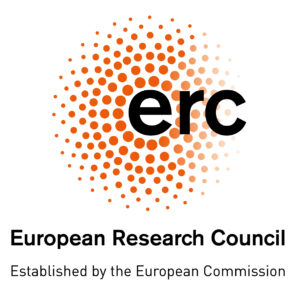Research projects
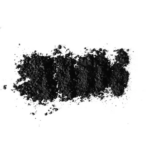
Oxidation pretreatment
Palaeolithic charcoal samples must be treated using the most robust preparative methods to yield reliable dates. Our work on using acid-base-oxidation methods have resulted in substantial improvements in this area. We are now extending this work and refining the method and modifying some of the chemical approaches we have been applying to decontaminate ancient charcoals.
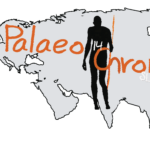
PalaeoChron
My group has worked extensively on Palaeolithic chronologies and the transition from the Middle to Upper Palaeolithic. My ERC-funded project is still being published. We worked on material from more than 100 sites, spanning western Europe to China. We applied cutting-edge methods, such as single amino acid HYP dating, to obtain >1400 AMS determinations.
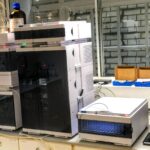
Single compound & amino acid dating
It is crucial when AMS dating ancient samples (>30,000 years old) to decontaminate the samples effectively. For bones our group has worked extensively to develop single compound dating, primarily focusing on extracting the amino acid hydroxyproline from bulk bone collagen. We are now working on applying other purification methods of amino acid purification to improve the dating of bone collagen samples.
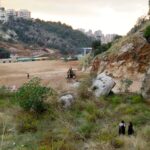
Ksar Akil
Our group is working on securing funding to renew excavations at the Ksar Akil rockshelter, Antelias, Lebanon, with Dr Corine Yazbeck of the Lebanese University and Ass. Prof. Katerina Douka. We have put together an international team to work on this project and obtained ERC funding. Keep watching this space for more news...
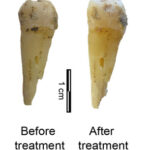
Non-destructive dating
Non-destructive analyses are attractive for preserving important artefacts and objects from archaeological sites. We have developed a non-destructive protocol for extracting collagen from teeth and bone. The method uses heated water treatment to solublise collagen, which can then be purified and AMS dated, without any visible damage or alteration to the samples. We are developing more rapid methods of doing this and recently published a pre-print in BioRxiv on the research we have undertaken on this so far.
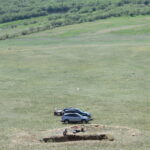
The IUP of Eurasia
We are working on the chronology and archaeology of the Initial Upper Palaeolithic of Eurasia, at a range of sites spanning from western Europe to eastern Russia. Is. the IUP the signature of Homo sapiens expansion across this vast area or is there more complexity? We aim to apply the latest cutting-edge techniques to find out more.
